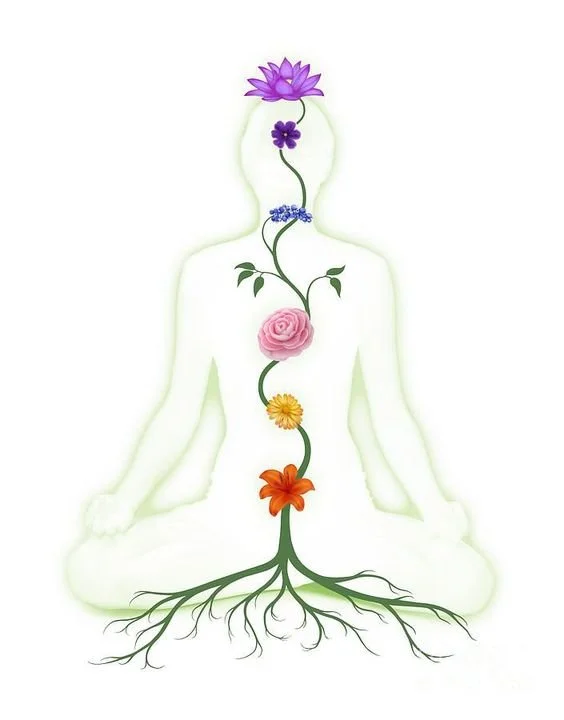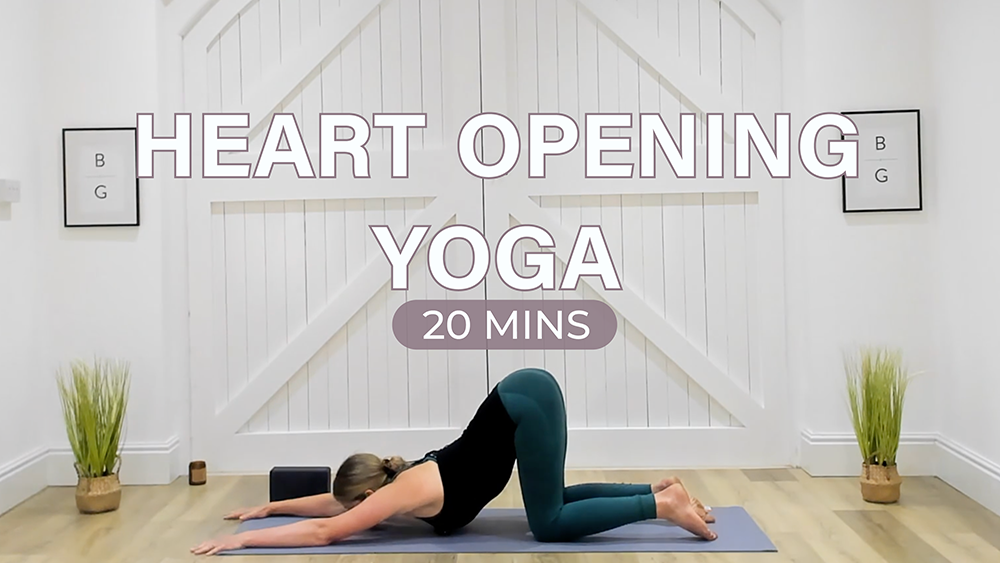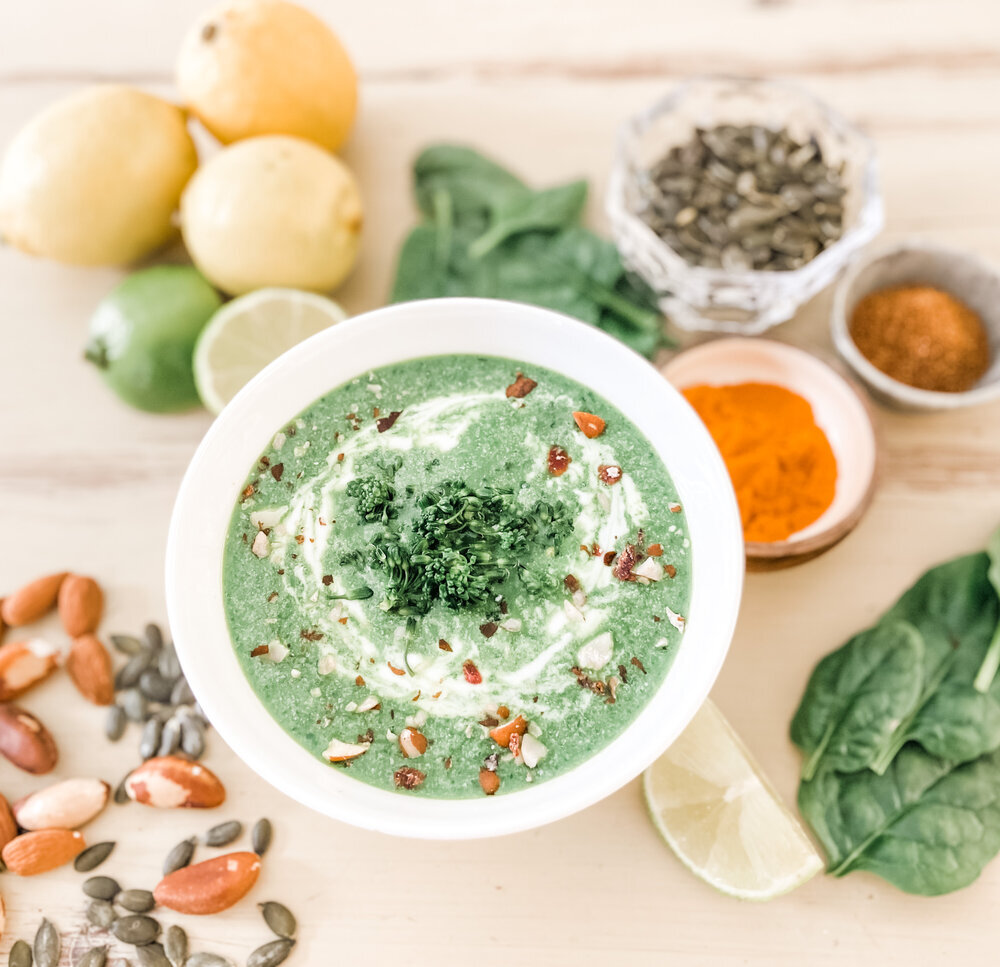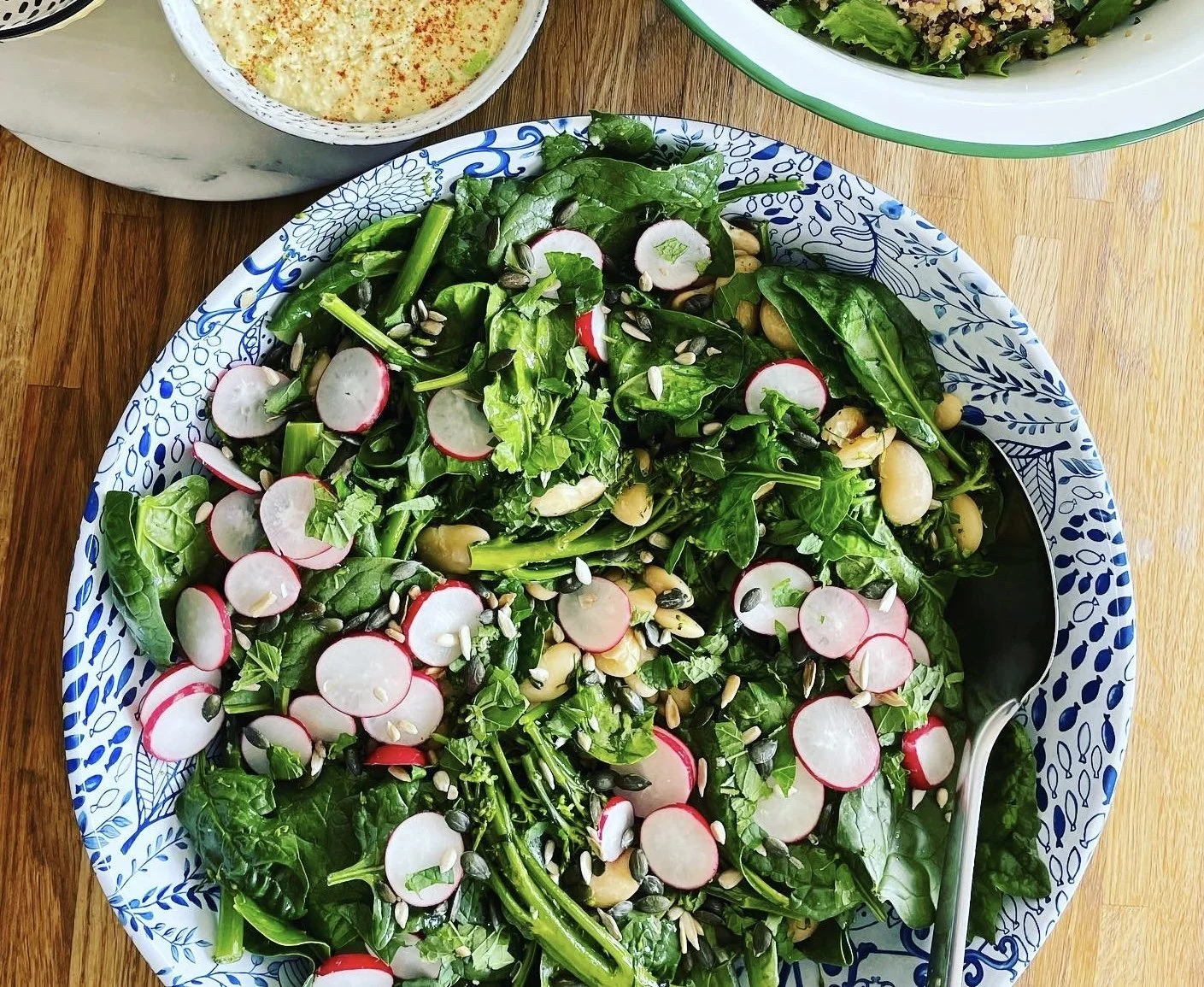HOW TO BALANCE YOUR HEART CHAKRA
If you’ve been to a yoga class, you may have heard the word Chakra being used. This February, our theme for the Online Studio is Fall in Love with… so we thought it only right to dive a little deeper into the centre of love, the heart chakra.
Chakra can be translated to “wheel” from Sanskrit and is the term to describe the seven, spinning points of energy up the spine. The first is Muladhara, root chakra, located right at the base of the spine and the last is Sahasrara, crown chakra, at the top of the head. The chakras together form an energetic system in the subtle body and each are connected to a gland and specific characteristics.
Why work with chakras?
The different chakra points can be illuminating into what areas of your life need some extra help. Self-Study (svadyaya) can help us to identify area where we are out of alignment.
You may often hear the phrase “balance your chakras” which derives from the fact that our chakra energy can be both under and over-active.
Through chakra meditation, asana, mantra, and lifestyle changes we can work with the Chakra system to find harmony within the body, mind, and spirit.
Each Chakra point has a corresponding vibration, colour, endocrine (hormone) gland, and element.
Heart Chakra: Anahata
Position: ChestGland: Thymus Gland Colour: Green Element: Air Vibration Frequency: 639 HzOur case study today is the heart chakra. The heart chakra is situated in the centre of the chest. In Sanskrit this chakra is called Anahata, meaning ‘infinite’, ‘unhurt’ or ‘boundless.’ The heart is the bridge between the lower triangle (the root, sacral and solar plexus chakras) and the upper triangle (throat, third eye and crown chakras).
Characteristics of a balanced heart chakra:
Ability to see the beauty and love around us, compassionate, joyful, open to new experiences, connected to the natural world.
Characteristics of an unbalance heart chakra:
Jealousy, co-dependency, feelings of unworthiness, defensiveness, you may tend to isolate yourself.
How to re-balance or support your heart chakra:
Asana
The heart chakra affects the chest, lungs, arms, and hands. Being in the centre of the chest, your back-bending postures are a go-to for heart chakra flows. Think Wild Thing, Camel, and Puppy Pose. You want to create space across the front of the chest, mobilise through the shoulders and give your wrists some love.
Compassion is another important quality you’ll want to embody in your asana practice. Notice if you are pushing unnecessarily in your classes, can you take that extra child’s pose or choose Yin rather than a firey flow.
Each chakra has its own unique frequency. You can listen to tracks during Savasana or meditation that are in accordance with that frequency to help you tune into the energy of Anahata. This song by Beautiful Chorus is a favourite of mine.
Here are some class recommendations from the On Demand Library:
Colour
The colour associated with heart chakra is green. If you are working to balance your anahata chakra you can try to visualise green during meditation or savasana. You can eat more green foods, wear green, get outdoors in nature and soak in all the wonderful greens, the list goes on!
Here are some heart chakra loving recipes from the Balanced Life Blog:
Journaling + Meditation
One of the best practices for balancing your heart chakra is gratitude meditation or journaling. In the morning or before bed think or write three things you are grateful that day. It will start to rewire your brain to look out for and notice the magic in the everyday rather than worrying for the future.
Affirmations are another simple, yet effective tool. You can use them during a yoga class, throughout the day, or pop them on sticky notes on your mirror.
I am lovedI am open I am compassionateCheck out our Self-Love Journaling blog for easy prompts.
Here is a meditation practice for the heart chakra:
Any questions pop me a message on Whatsapp or Facebook - I’d love to hear from you OR I’ll see you on the mat very soon.
Love,
Liv x







